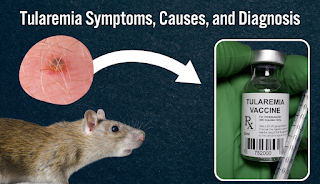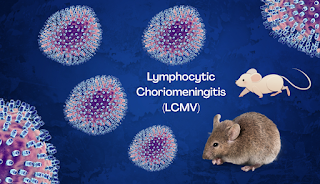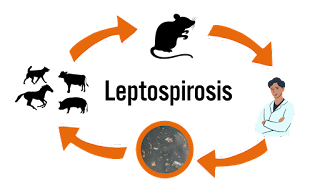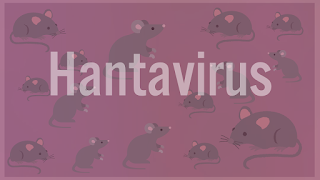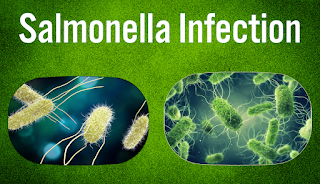
Causes and symptoms of typhoid is a foodborne disease. It affects millions of people each year. Salmonella is a group of bacteria that causes the gastrointestinal. This group affects both humans and animals. How we can save from this group? what are the symptoms of this group? Everyone wants to know the answers to these questions. In this article, we are sharing some information regarding this infection. Some major points that help in food safety practices.
The Nature of Typhoid
Salmonella is a microorganism that affects humans and animals. These bacteria are rod-shaped and motile. These bacteria can easily move in a liquid environment. Salmonella can survive in diverse environments. Salmonella’s important reservoirs are animals, mostly poultry, cattle, and reptile.
Transmission Routes and Risk Factors
In causes and symptoms of typhoid, it is transmitted through food and water. Typically, it is transmitted through poultry eggs, beef, and seafood. It can also be transmitted through contaminated fruits and vegetables. Salmonella can be transmitted directly through infected animals and environments. Person-to-person transmission is also possible, particularly in hospitals. Some factors can increase the risk of Salmonella infection, such as improperly cooked food, living in bad sanitary conditions, and don’t pay attention to safety standards.
Clinical Presentation and Symptoms
Salmonella symptoms can appear in 12 to 72 hours after exposure. The most common symptoms are:
- Diarrhea
- Abdominal pain
- Nausea
- Vomiting
- Fever
Symptoms can vary due to duration and infection. Above mentioned symptoms are common in several cases. These bacteria weakened immune systems, such as young children, older adults, and those with underlying health conditions. It can be life-threatening if not properly treated.
Diagnosing Salmonella Infections
It involves a combination of different laboratory testing to diagnose salmonella. In the clinical evaluation, doctors assess the patient’s symptoms. their food, and medical history.
In laboratory testing, doctors take samples of infection to analyze the bacteria. To diagnose these bacteria, some techniques can be used like PCR and Serotyping.
Public Health Impact and Outbreaks
In causes and symptoms of typhoid infections have a significant impact on public health. Every year several people died due to this infection. The death ratio of Salmonella infection is low. Mostly this infection affects due to contaminating food, and infected animals. Most networks share surveillance data and outbreaks to detect Salmonella infection. High-risk foods commonly affect public health. Mainly eggs, poultry, and dairy products are junk food for public health.
Prevention and Control Measures
To prevent Salmonella infections, we have to follow some precautionary measures:
- Proper hygiene in food handling
- Separating raw and cooked foods
- Refrigerating perishable foods promptly
- Maintaining appropriate storage temperatures
- Future Directions and Research
To prevent Salmonella infection, various research is ongoing. This research includes effective vaccines, advanced testing, advanced diagnostic method, etc.
In future directions, rapid and accurate detection methods developed. International collaboration help to improve the standard to resist Salmonella infection.
Conclusion
Causes and Symptoms of Typhoid is a significant burden worldwide. It causes several illnesses due to different interventions. Controlling salmonella is very important for the public health. For the prevention of Salmonella, ongoing research efforts focus on vaccines, diagnostics, and surveillance.
In preventing Salmonella, you must be aware of food safety guidelines, good hygiene food, and their standards.


